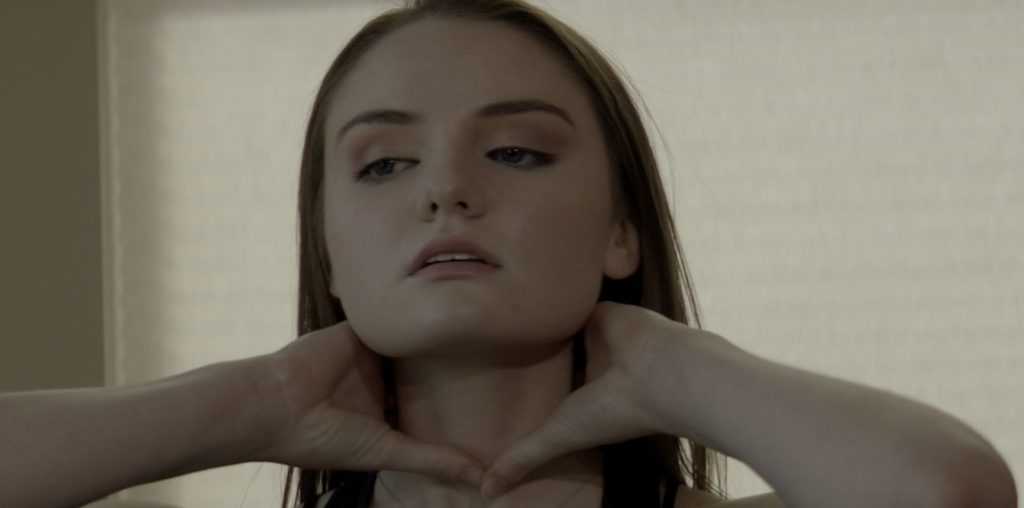
As much as American audiences want to pigeonhole Asian cinema as coming from the school of cheap effects, lotsa action and corny dialogue-the patronizing so-bad-it’s-good category-fortunately there’s a whole generation of Asian directors like Tran Anh Hung (“Scent of Green Papaya,” “Cyclo”) who are content to make films that not only prove all these stereotypes wrong but are hopefully pointing a way forward that will help American directors out of the creative rut they’re currently in. It’s hard to remember the last time an American film of note felt the confidence to sit back and let the rhythm of life seep in.
In Hanoi, three sisters run a small café that seems more like a home than a business establishment. Relatives sit around jawing while the occasional customer leans in the door and asks, “Are you open yet?” Lien (Tran Nu Yen-Khe) is the youngest and most naïve of the three, still living with her brother and chasing after a guy who doesn’t treat her right. Suong (Nguyen Nhu Quynh), who actually owns the café, is married to Quoc (Chu Ngoc Hung), a moody nature photographer who doesn’t seem to have much need for human beings. Khanh (Le Khanh) has a novelist, Kien (Tran Manh Cuong), for a husband. The sisters are as close as could be, and the central image one remembers from the movie is the three of them shot in tight close-ups, washing dishes, gossiping, laughing softly. Their parents died recently, and the sisters seem to going adrift somewhat, even though they always make sure to hold the traditional ceremonies that honor their parents’ memory.
That’s about it for a story here. Things do develop later in the film, as we see Quoc and Suong’s marriage slowly falling apart and Khanh and Kien’s apparently perfect relationship develop fissures after a surprise pregnancy and a suspicion of infidelity. But Tran’s strength is actually his ability to wring great pleasure and drama out of repetition; new material often seems to weaken the film. Like his previous film, 1995’s “Cyclo,” “Vertical Ray” is more a feeling than a story (unlike the harsh gangster stylings of “Cyclo,” though, this is much gentler and almost family-oriented). The opening scene, which is nothing more than long swooning takes of Lien and her brother waking up and doing their morning exercises while the Velvet Underground’s “Pale Blue Eyes” plays on the stereo, hangs over the rest of the film and it’s impossible to know exactly why. Sure, Tran, keeps coming back to the apartment morning after morning, and the songs only change a little-it’s all moody and droning Western pop-but there’s something addictive about it. You want to crawl right inside the screen and sit there, drenched in golden sunlight as the leaves blow softly outside.
The hero here is Tran’s cinematographer Mark Lee Pin Bing-who also shot Wong Kar-Wai’s similarly amazing In the Mood for Love with Christopher Doyle. Scene after scene is awash in relaxed splendor, overflow in flowers and tree branches, the walls of crumbling colonial homes, beaded raindrops on a woman’s back, bicyclists sloshing through flooded streets. It’s a luxuriant film that only gets in trouble towards the end when Tran tries to bring a few of his narrative strands together. The effort is too late and too unneeded, much better to have the film drift off, a gorgeous dream half-remembered.
